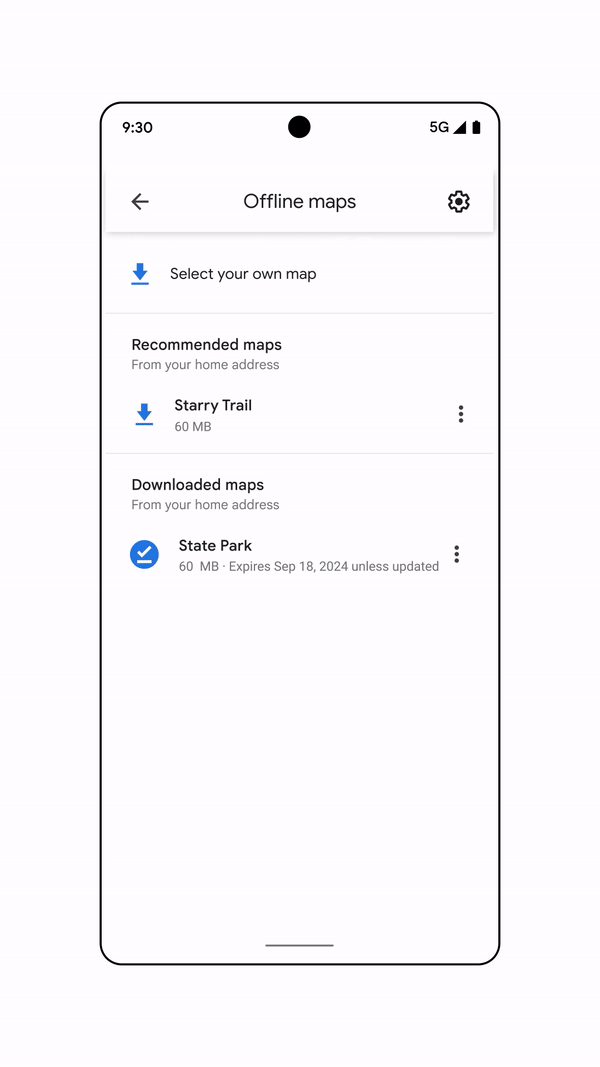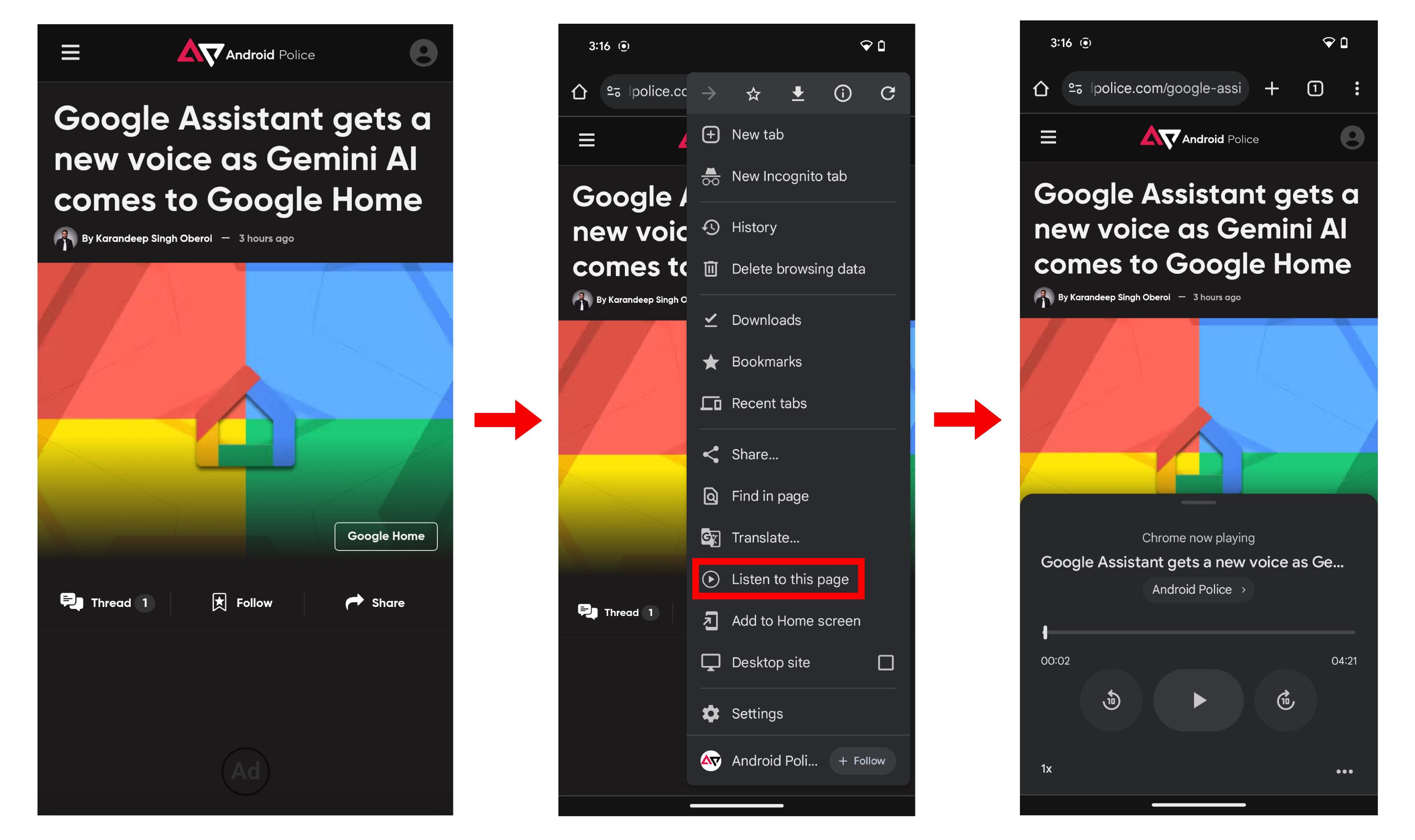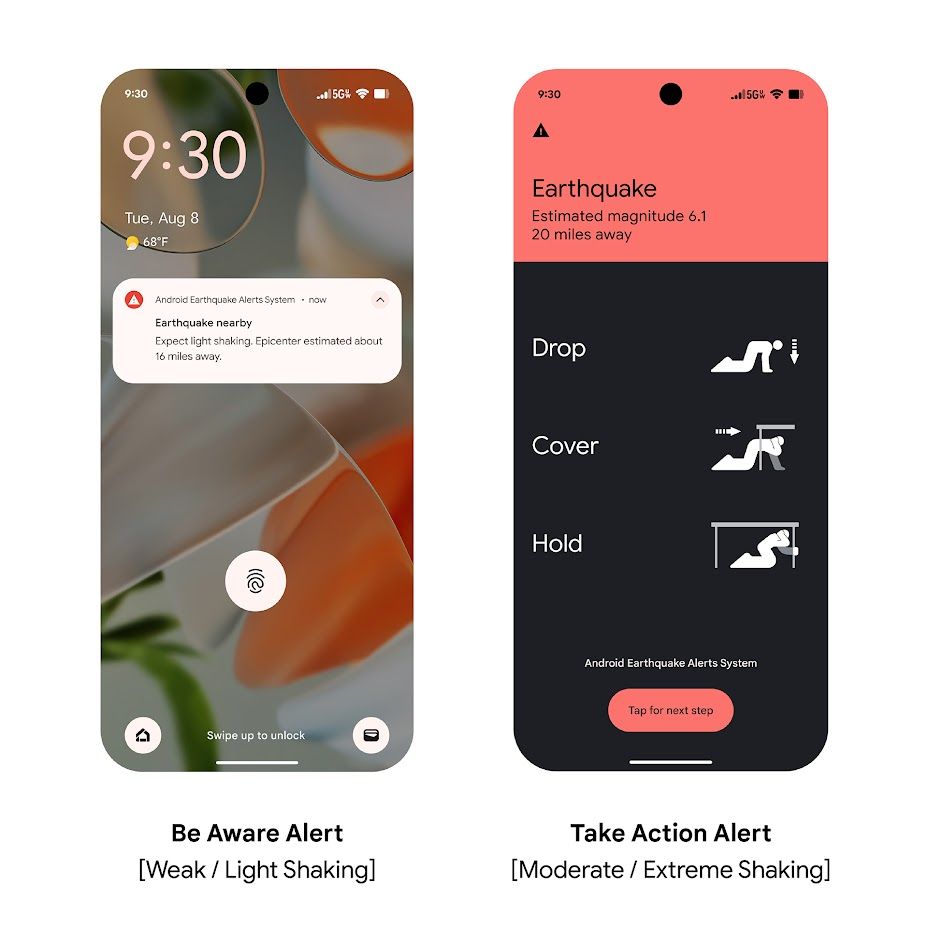Key Takeaways
- Google’s Android feature bundle for September brings five new features to Android devices, with a focus on accessibility and safety.
- Android users can now utilize features like TalkBackimage descriptions, song identification within Circle to Search, and web page read aloud playback on Chrome.
- Earthquake alerts, previously limited to California, Oregon, and Washington, are now expanding across all US states and territories.
Google announced today that it is rolling out a fresh batch of features for Android devices and Wear OS wearables, with a core focus on accessibility and safety.
Google’s last Android feature bundle, which rolled out late in May, brought functionality like new Emoji Kitchen combos, an option to control Google Home devices from the app’s home screen, the introduction of Instant Hotspot, and an option to edit sent Google Messages.
In an effort to improve the everyday life of Android users, Google is rolling out five new features, some of which have appeared in leaks recently, while others have remained elusive.
Gemini brings image descriptions to TalkBack
TalkBack, which was first introduced in 2009, is now gaining the ability to describe images across various applications. The feature, which is a major boon for users with visual impairments, doesn’t require images found online, in your camera roll, within text messages, or on social media platforms, to contain alt text.

To enable TalkBack on your device, head to Settings → scroll down and tap on Accessibility → TalkBack → toggle on Use TalkBack.
Identify songs with Circle to Search
Although already live for many, Google has now made music identification via Circle to Search (CtS) official.
We first reported on the integration in early August, while it was still available in beta. The feature subsequently began rolling out within the stable Google app in mid-August, and it is finally available on all supported devices now.

To use the new feature, trigger CtS by holding down the home button or the navigation bar and tap on the music note icon. The tool then tries to identify music playing in your surroundings or on your device, paired with sing-to-search and hum-to-search functionality. Once identified, the tool automatically redirects to a Google Search page for the song.
Listen to webpages on Chrome for Android
Similar to the CtS music identification integration, we’ve known that Google has been working on a ‘Listen to web pages read aloud’ feature for a while. Hints regarding it were first spotted in January as a chrome://flags#read-aloud flag that could be enabled to trigger the feature. The functionality started rolling out widely in June as a server-side update, and was later spotted with a new Tap to seek functionality.
To access the feature, head to a webpage on Chrome on your Android device and tap on the three-dot menu on the top right. Tap on Listen to this page, and playback should automatically begin. Once triggered, you’ll have the option to adjust playback speed, and you can go as slow as 0.5x and as fast as 4x. You can also use different voices, alongside an option to toggle on/off text highlights and auto-scrolling.
Earthquake alerts, no matter where you are in the US
Source: Google
Google first rolled out its Earthquake Alert System back in 2020, and it has formerly only been available in California, Oregon, and Washington. According to the tech giant, these alerts, which rely on traditional seismometers and your phone’s built-in accelerometers to detect earthquakes, will soon be available across all US states and territories. Google suggests that the tool will send out potentially life-saving warnings and tips seconds before tremors hit, alongside post-earthquake information to help you come to grips with what happened.
The rollout begins today, Tuesday, September 3, and according to Google, the tool will become widely available “over the coming weeks.”
Offline map access on your Wear OS watch

Downloading a new map on your Android device should now grant offline access to it through Google Maps on your Wear OS smartwatch, allowing seamless navigation, even when you’ve left your phone behind. We’ve seen the integration in leaks before, and Google has finally decided to make it official.
To enhance the overall experience on your wearable, Google Maps will now allow Wear OS watch users to use their voice to search for specific destinations, paired with a surrounding view that can be accessed via shortcuts.
Google suggests that users can expect more updates as Android 15 rolls out to Pixel and other Android devices later this year.
Source link



